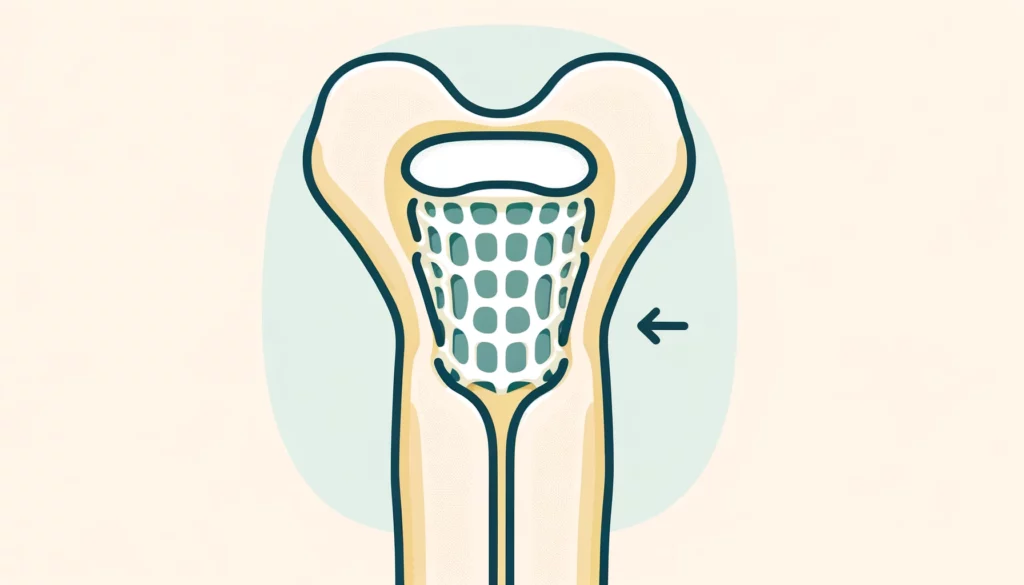Bone injuries are some of the most difficult to treat because you need more than just mechanical support. Contrary to what many people think, the bone isn’t just a stiff, inactive material — bones interact with the rest of our tissues in many ways. So, if you really want to accelerate bone regeneration, you need to integrate electrical and biological stimuli as well.
With this in mind, a team of researchers from South Korea developed a scaffold that mimics biological tissues and sends electrical signals when pressure is applied. The key to this technology is a material called hydroxyapatite (HAp).

HAp is a naturally occurring mineral form of calcium apatite. It appears naturally in some geological deposits, but it is also the main mineral component of bone and teeth. Because it is biocompatible (meaning it’s well tolerated by the body), this mineral is highly sought after in the field of biomaterials — especially when it comes to supporting bone function and growth.
Hydroxyapatite scaffolds can serve as a framework for new bone growth, offering a structure that mimics the natural bone matrix. This has been done before. But mixing the mechanical and biocompatible support with the electrical signals that favor bone recovery was very challenging — and this is where the new study comes in.
A piezoelectric bone bandage
The newly developed bone bandage is a type of piezoelectric material — a material that generates an electric charge in response to applied mechanical stress. In the context of bone recovery, piezoelectric materials are important because bone tissue itself exhibits piezoelectric properties, which play a role in the biological process of bone growth and repair.

When piezoelectric materials are used in bone healing applications such as implants or scaffolds, they can mimic the natural piezoelectric effect of bone, enhancing the healing provided by the treatment. Essentially, this simulation of the body’s natural processes can enhance bone regeneration by stimulating bone cell activity and promoting the deposition of new bone tissue.
To test their material, the researchers used the bone bandage in mice with skull bone defects. The scaffolds were left in place for six weeks, and showed remarkable progress.
The scaffolds increased cell attachment in the bone by 15%. After five days, the levels of osteogenesis (the development or repair of bone) was 30-40% higher. Furthermore, the piezoelectric properties were found to mimic the natural processes of the body, which gives important cues for long-term tissue regeneration.
Can this be used on humans?

For now, the technology has only been trialed on mice. But there are some encouraging prospects.
The team developed a manufacturing process that fuses HAp with a polymer film which creates a flexible and free-standing scaffold. This means it can be used in vivo. Professor Yoonju Hong, one of the study authors, says this also opens up avenues for treatment in humans.
“We have developed a HAp-based piezoelectric composite material that can act like a ‘bone bandage’ through its ability to accelerate bone regeneration.” He added, “This research not only suggests a new direction for designing biomaterials, but is also significant in having explored the effects of piezoelectricity and surface properties on bone regeneration.”
The study was published in Applied Material Interfaces.









